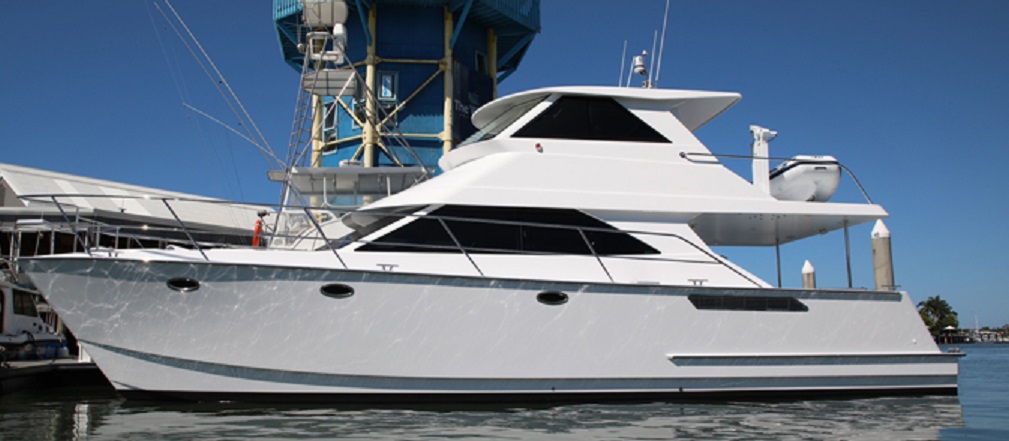
A new 14 m long fishing vessel designed in Australia reportedly features sandwich core composite materials from ATL Composites in co-operation with core specialist Diab.
The Barcoo Drift will be used on the Barcoo River in Queensland, Australia and was designed by Roger Hill Yacht Design, based in New Zealand.
The power catamaran was constructed using a combination of DuFLEX composite panels with Diab’s Divinycell H80 and HM100 structural foam cores. Some panels were laminated with unidirectional laminates so they could be strip-planked to conform to the more compound sections of the outer topsides and wing-deck areas.
To provide extra strength while keeping the vessel light, Divinycell HM100 was engineered into the hull bottoms and lower topsides. All other structural sections including bulkheads, hull soles, cabin sides and side decks were supplied as CNC-routed DuFLEX component packs cored with Divinycell H80 in a variety of thicknesses and e-glass fiber reinforcements.
The interior fit-out was supplied as a CNC-routed component pack in Featherlight FF1015X6 Marine Grade panels from ATL Composites. The panels were cored with 15mm Divinycell H60, a low density IPN foam.
ATL Composites makes composite materials, epoxy laminating and adhesive systems for the boatbuilding market in New Zealand and Australia and provides other industries with sandwich core composite materials. The company has a long-standing relationship with the Diab Group as distributor for its product range.
This story is reprinted from material from Diab, with editorial changes made by Materials Today. The views expressed in this article do not necessarily represent those of Elsevier.





